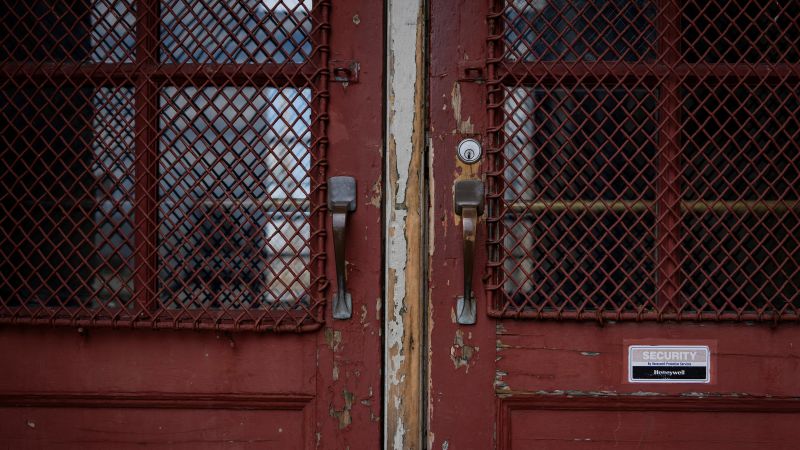Milwaukee Lead Crisis: Schools Targeted in Repair Efforts to Restore Public Trust

Milwaukee Faces Lead Contamination Challenge: Schools at the Forefront of Repair and Rebuilding Trust
Milwaukee, Wisconsin, is grappling with a persistent and deeply concerning issue: lead contamination. The crisis, primarily affecting children and vulnerable communities, has sparked widespread frustration and eroded public trust in local authorities. Recent efforts are now focused on addressing the problem within school buildings, aiming to not only mitigate the immediate health risks but also to begin the long process of rebuilding community confidence.
The situation came to a head at North Division High School, where a scene of both concern and determination unfolded. While workers diligently set up stations to conduct blood lead level tests for children – a crucial step in identifying those affected – a group of parents and community activists staged a demonstration just outside the school's main entrance. Their handmade signs, bearing messages like “Milwaukee: Lead-Free Future Now,” served as a powerful reminder of the urgency and depth of their concerns.
The Scope of the Problem: A City-Wide Challenge
Milwaukee's lead crisis isn't a new phenomenon. Decades of aging infrastructure, particularly lead pipes in the city’s water system, have contributed to elevated lead levels in drinking water and soil. Lead exposure, even at low levels, can have devastating consequences for children, impacting brain development, learning abilities, and overall health. The problem disproportionately affects low-income neighborhoods and communities of color, exacerbating existing inequalities.
Repairing More Than Just Buildings: Rebuilding Community Trust
The focus on school buildings represents a critical step in addressing the crisis. Schools are central to the lives of children and families, and ensuring these spaces are safe from lead contamination is paramount. However, the effort goes beyond mere structural repairs. It’s about demonstrating a commitment to the community and restoring the trust that has been damaged by years of neglect and inaction.
“We’re not just trying to fix the buildings; we’re trying to fix the system,” stated a local community leader. “The community needs to see that their voices are being heard and that real action is being taken to protect our children.”
What's Being Done and What's Next?
The city and local school districts are undertaking a multi-faceted approach to tackle the lead crisis, including:
- Water Infrastructure Replacement: A long-term plan to replace lead service lines is underway, though progress has been slow.
- School Building Remediation: Identifying and removing lead-based paint and other sources of contamination in schools.
- Blood Lead Level Testing: Expanding access to testing for children and providing support services for those affected.
- Community Outreach and Education: Raising awareness about the risks of lead exposure and providing resources for prevention.
Despite these efforts, challenges remain. Funding constraints, logistical hurdles, and ongoing public skepticism continue to complicate the response. The community activists’ demonstration served as a powerful reminder that vigilance and advocacy are essential to ensuring that the promise of a lead-free future for Milwaukee’s children becomes a reality.
The road to recovery will be long and arduous, but the current focus on schools offers a tangible opportunity to make a difference and begin to rebuild the trust that is so vital for a thriving community. The future health and well-being of Milwaukee’s children depend on it.




